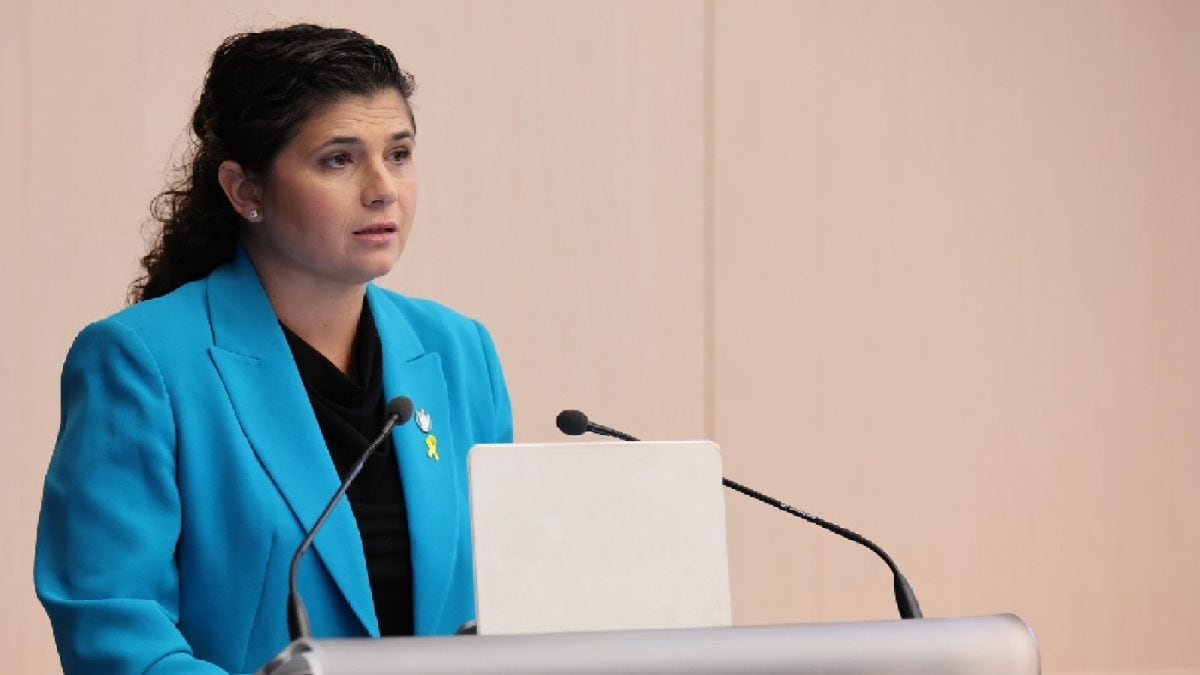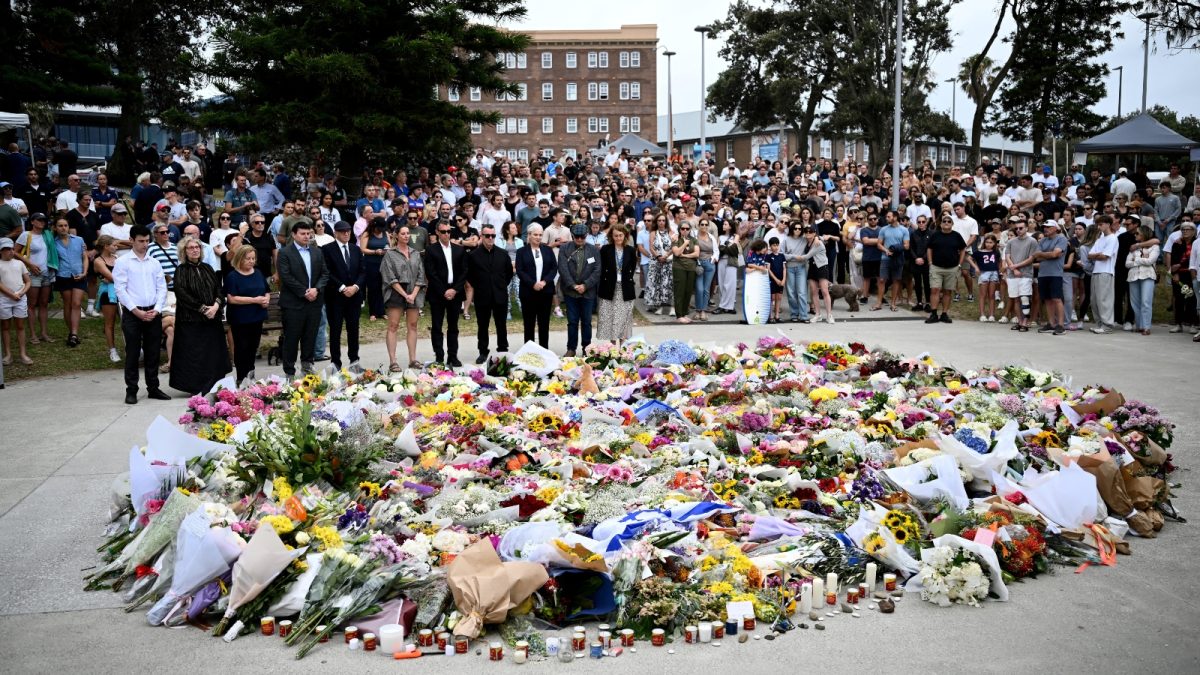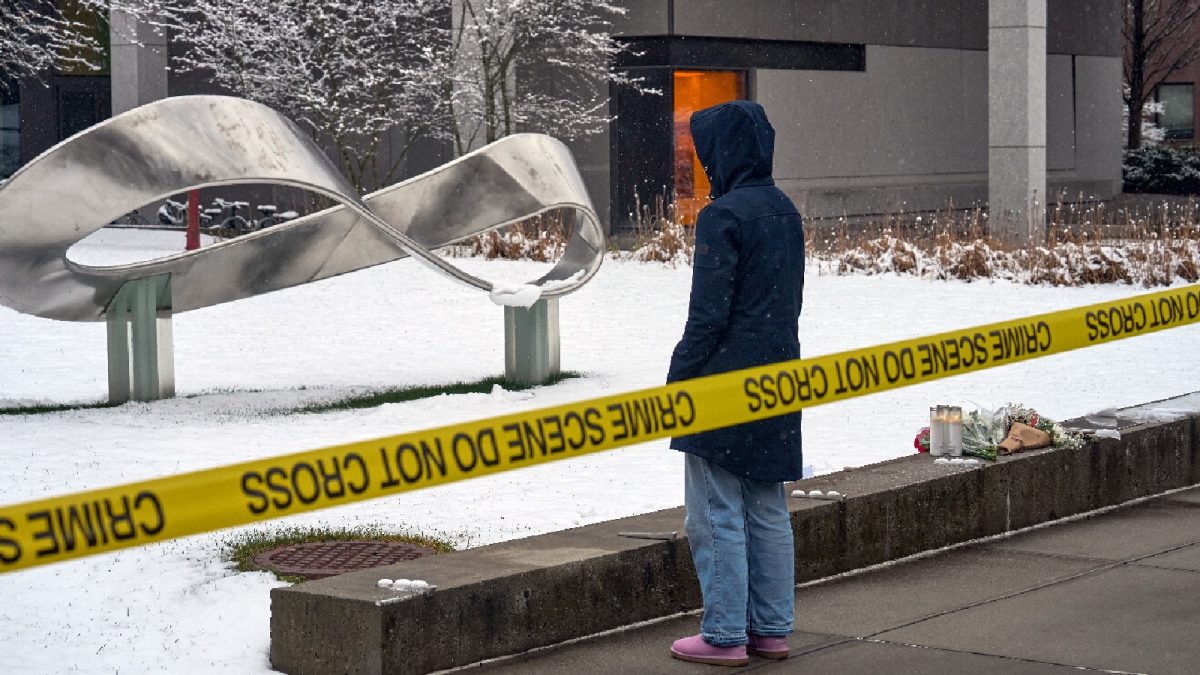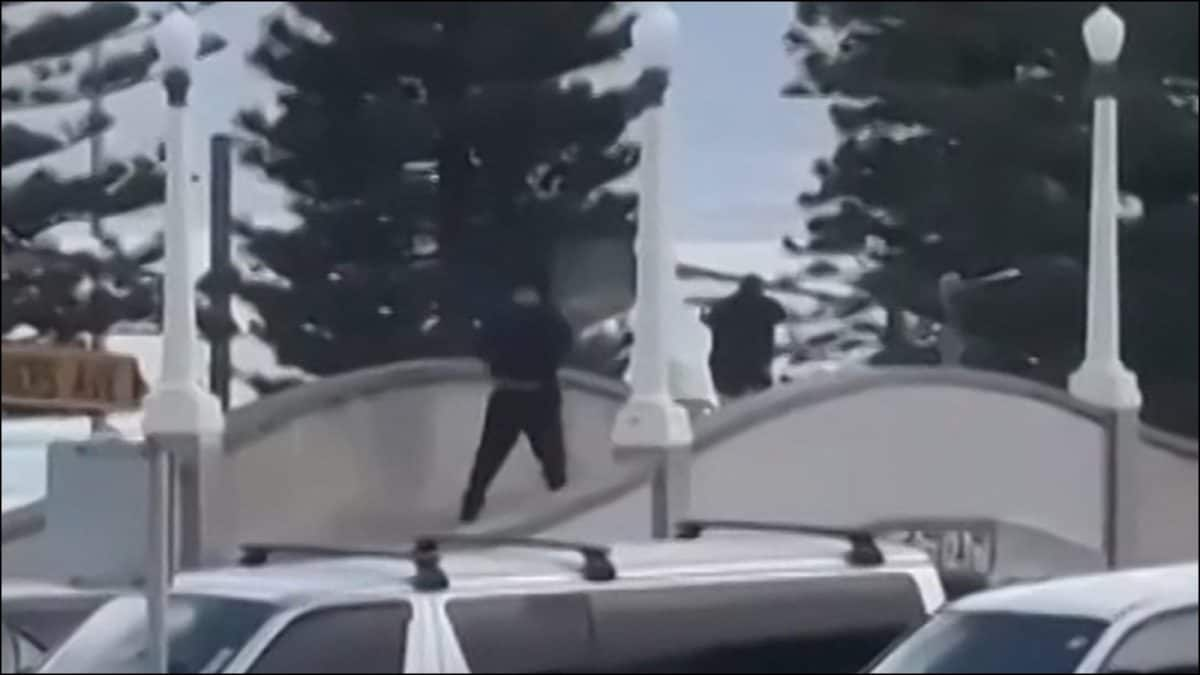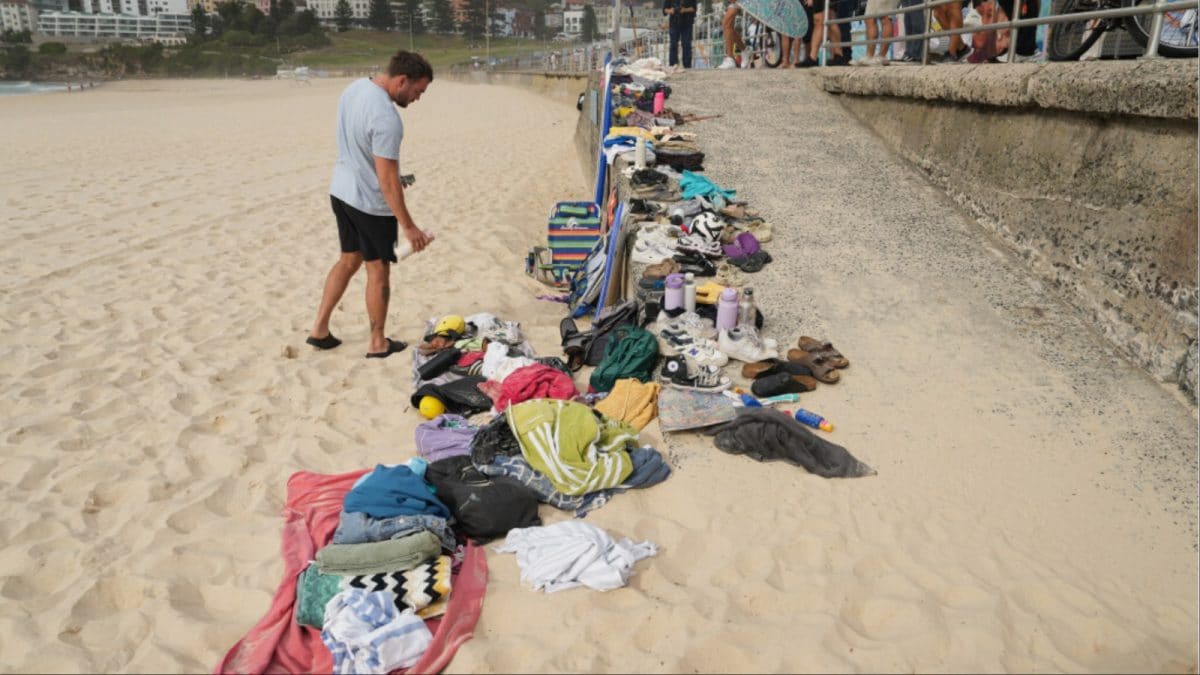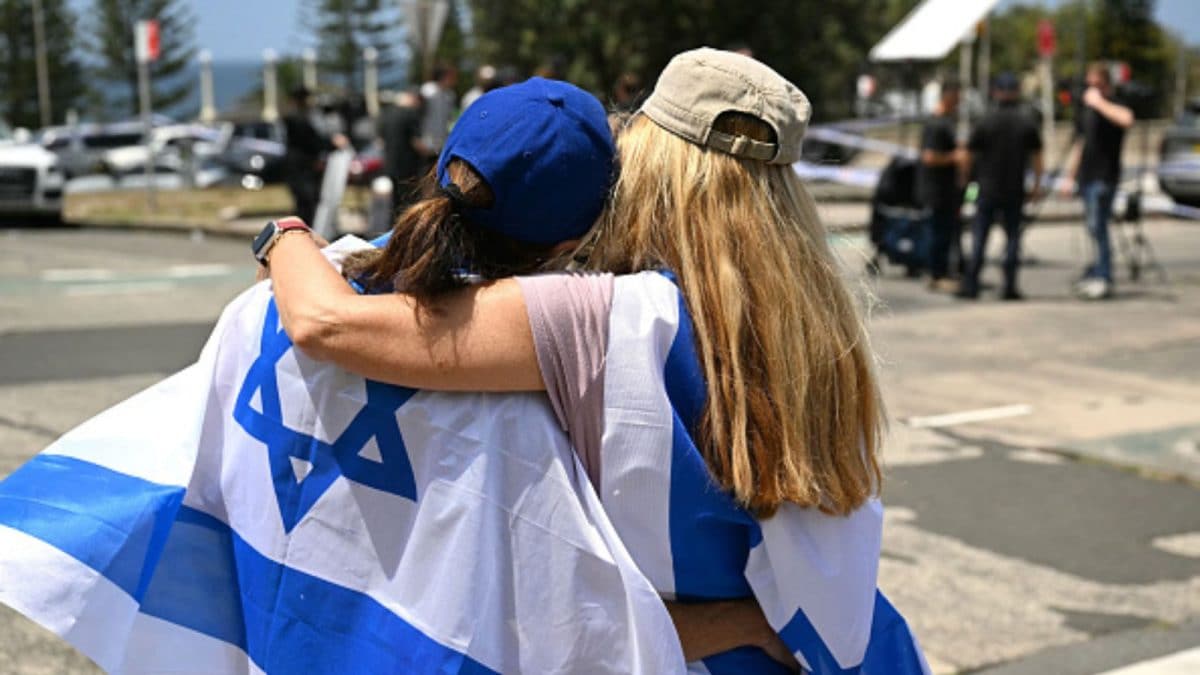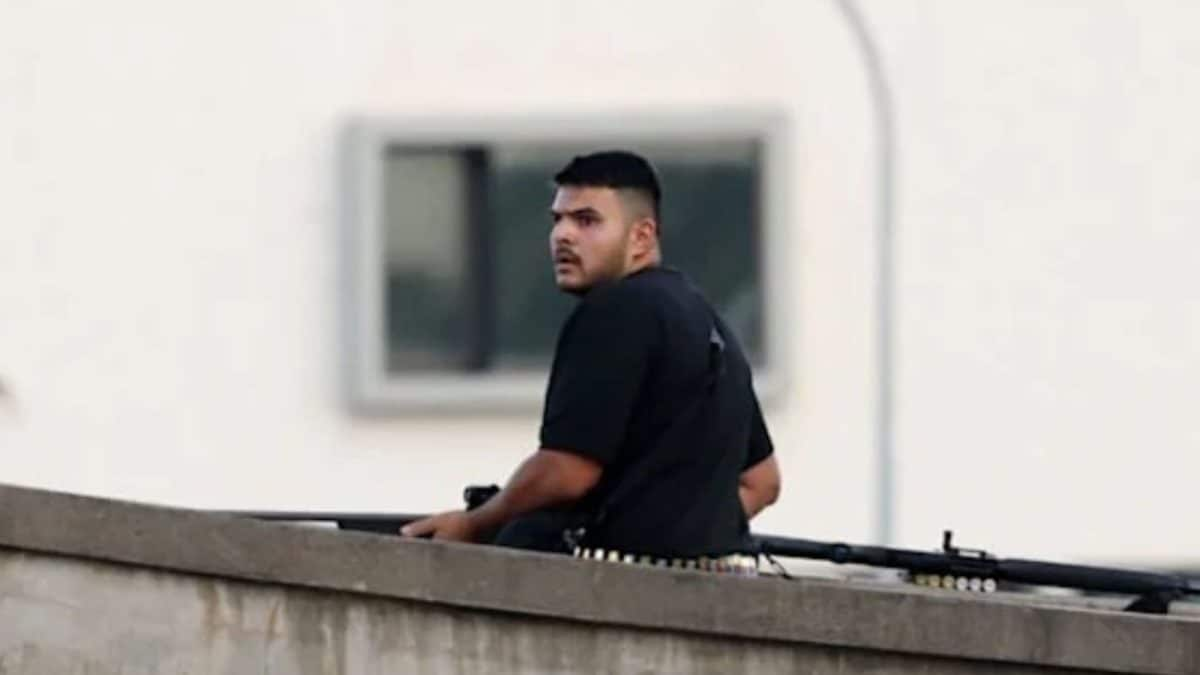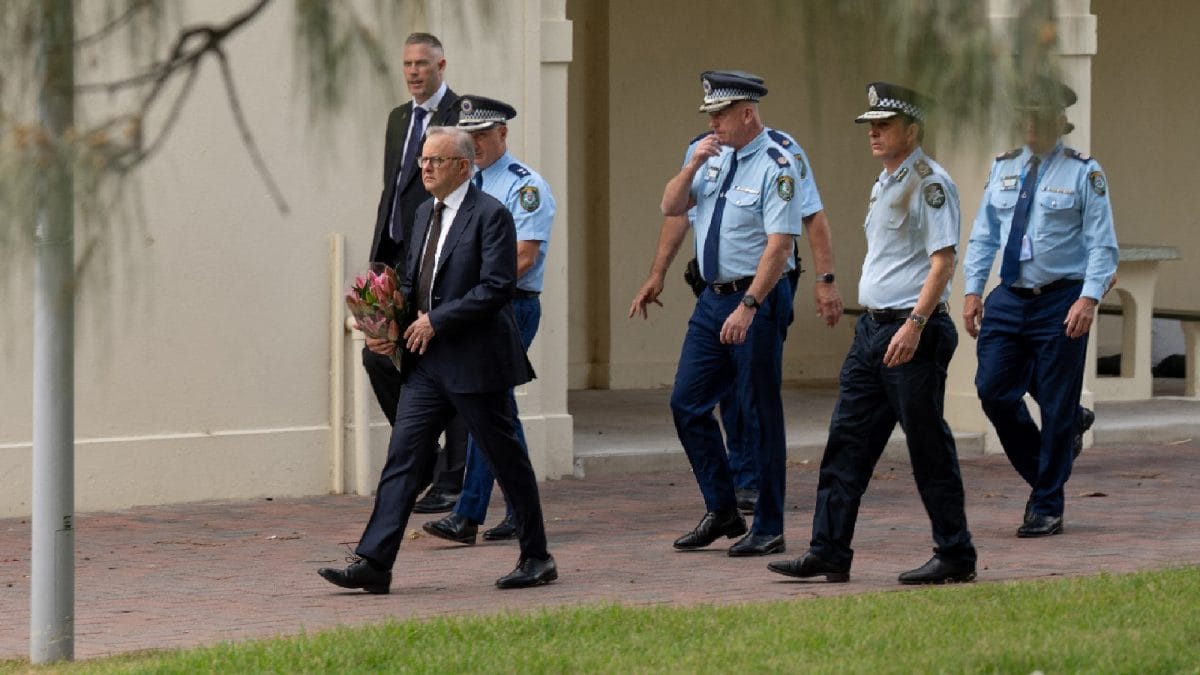Last Updated:October 20, 2025, 13:55 IST
Ten years after the nuclear deal was signed, Tehran has officially ended the JCPOA. Here’s what changes now for Iran’s nuclear ambitions

On October 18, Iran’s Foreign Ministry declared that the country was no longer bound by any of the restrictions outlined in the JCPOA. (Image: Reuters)
On October 18, 2025, Iran’s Foreign Ministry declared that the country was no longer bound by any of the restrictions outlined in the Joint Comprehensive Plan of Action (JCPOA). This announcement came on the day officially designated as “Termination Day", the 10-year milestone built into the 2015 agreement and enshrined in UN Security Council Resolution 2231.
“All of the provisions [of the 2015 deal], including the restrictions on the Iranian nuclear programme and the related mechanisms are considered terminated," the ministry said in a formal statement.
Iran’s Foreign Minister Abbas Araghchi told the United Nations that Tehran had “implemented the JCPOA in good faith and with full precision", while accusing the United States of having “grossly violated international law" by withdrawing from the deal in 2018 and reimposing sanctions. In a letter to UN Secretary-General António Guterres, Araghchi argued that the expiration of both the JCPOA and Resolution 2231 rendered all related sanctions “null and void".
While reiterating its openness to diplomacy, Iran said the agreement and the legal architecture supporting it had now expired, along with all restrictions on its nuclear programme.
What Was The JCPOA, And Why Was It Originally Signed?
The JCPOA was a landmark nuclear accord signed in July 2015 between Iran and six world powers — the US, UK, France, Russia, China, and Germany (collectively the P5+1) — along with the European Union.
The deal’s central goal was to restrict Iran’s civilian nuclear activities and prevent it from developing a nuclear weapon, in exchange for the lifting of UN, US, and EU sanctions that had deeply impacted Iran’s economy.
Iran agreed to:
Reduce its stockpile of enriched uranium by 98 per centLimit uranium enrichment to well below weapons-gradeOpen up its facilities to enhanced inspections by the Atomic Energy Agency (IAEA)Accept time-bound restrictions: 5 years on arms transfers, 8 years on ballistic missile developmentThe deal was endorsed and given legal effect through UN Resolution 2231, adopted unanimously on July 20, 2015. That resolution also removed Iran from Chapter 41 of the UN Charter, lifting measures that previously allowed for non-military sanctions and diplomatic isolation.
What Are Snapback Sanctions And Why Did They Return?
One of the key enforcement tools built into Resolution 2231 was the “snapback mechanism". This provision allowed any signatory to unilaterally trigger the automatic reimposition of all UN sanctions if Iran was found to be in “significant" breach of the JCPOA.
On August 28, 2025, the European trio — France, Germany, and the UK (E3) — activated this mechanism, citing Iran’s enrichment levels, its withdrawal from IAEA cooperation, and other alleged violations.
As a result, the following restrictions, previously lifted under the JCPOA, were reinstated:
Bans on arms transfersProhibitions on ballistic missile activitiesSanctions on nuclear-related financial transactionsTehran rejected the move outright. Araghchi called the snapback “unilateral and arbitrary" and accused the E3 of having “failed to meet their obligations" while imposing “additional unlawful measures". Iran said the snapback had effectively ended European engagement in its nuclear file.
What Does This Mean For Iran’s Nuclear Programme?
With the JCPOA officially declared over and UN sanctions reinstated, Iran now claims full autonomy over its nuclear programme.
Iranian officials maintain that the country’s nuclear activities are entirely peaceful. Tehran has consistently denied allegations from Western governments and Israel that it is attempting to build a nuclear weapon. It insists that the programme is focused on energy generation, medical isotope production, and scientific research.
Araghchi told the UN that Iran “will not give up" its peaceful nuclear ambitions, which it has pursued since the 1950s. He argued that as a signatory to the Non-Proliferation Treaty (NPT), Iran retains the right to operate a civilian nuclear programme, a right he said had been defended “at great national cost" in the face of decades of sanctions and sabotage.
Tehran has acknowledged enriching uranium to 60 per cent, a level well above the JCPOA’s cap but below the 90 per cent required for weapons-grade material. Iran has said the enrichment is needed to fuel its Tehran Research Reactor and for radiopharmaceutical production.
However, a June 2025 report by the IAEA said Iran had stockpiled enough enriched uranium for potentially nine nuclear weapons, if further processed. The report cited a “general lack of cooperation" from Tehran. Iran dismissed it as “politically motivated".
How Did The JCPOA Begin To Unravel?
While the JCPOA officially expired in 2025, its gradual breakdown began in May 2018, when US President Donald Trump unilaterally withdrew from the agreement. Washington reimposed sanctions that had been lifted under the deal, citing dissatisfaction with its scope and pressure from regional allies like Israel.
In response, Iran initially exercised what it called “strategic patience", continuing to honour its commitments under the JCPOA for another year. During this period, it called on the European signatories — France, Germany, and the UK — to provide economic guarantees or shielding mechanisms that would allow Iran to trade despite US pressure.
When these efforts failed, Tehran began reducing its obligations step by step, invoking Articles 26 and 36 of the JCPOA, provisions that allow a party to suspend or reduce compliance if others are in violation.
Over the following years, Iran increased its uranium enrichment levels, eventually reaching 60 per cent purity, still below the 90 per cent weapons-grade threshold but far beyond JCPOA limits. Tehran justified the move as medically necessary and reversible if sanctions were lifted.
The standoff escalated sharply in June this year, when the IAEA warned that Iran’s enriched uranium stockpile was sufficient to produce nine nuclear bombs.
This deterioration in trust and oversight culminated in the European trio triggering the snapback mechanism in August 2025, effectively ending the agreement even before Termination Day arrived.
What Happened During The June 2025 War, And Why Was It A Turning Point?
Tensions exploded in June when Israel launched airstrikes on Iran’s nuclear sites and assassinated key nuclear scientists and military commanders. The United States joined the offensive, bombing three major Iranian nuclear facilities.
Iran retaliated with a barrage of ballistic missiles, some of which breached Israeli air defences. The 12-day conflict resulted in the deaths of more than 1,000 civilians in Iran. Several Israeli towns near the border were evacuated during the fighting.
The war followed the IAEA’s June report, which Tehran accused of giving Israel a political pretext to attack. In its aftermath, Iran’s Parliament passed a bill suspending all cooperation with the IAEA, and government officials accused the agency of collusion.
Several rounds of Omani-brokered talks between Tehran and Washington collapsed amid the violence, although both sides have since signalled conditional willingness to resume dialogue.
Is Diplomacy Still Possible After The JCPOA’s Collapse?
Although the JCPOA is now officially over, some leaders have not ruled out diplomacy entirely.
Donald Trump said this week that he wanted a peace deal with Iran but insisted that “the ball was in Tehran’s court." Iran, for its part, has said it remains open to diplomacy, but only if Washington offers guarantees against military action during any future negotiations.
Foreign Minister Araghchi stated last week that Iran saw “no reason to negotiate" with the European signatories after they triggered snapback sanctions.
Meanwhile, Britain, France, and Germany announced that they would pursue a new “comprehensive, durable and verifiable agreement" in the months ahead.
For now, Iran’s nuclear future stands at a crossroads, outside the bounds of the JCPOA, under renewed sanctions, and amid growing uncertainty about what comes next.

Karishma Jain, Chief Sub Editor at News18.com, writes and edits opinion pieces on a variety of subjects, including Indian politics and policy, culture and the arts, technology and social change. Follow her @kar...Read More
Karishma Jain, Chief Sub Editor at News18.com, writes and edits opinion pieces on a variety of subjects, including Indian politics and policy, culture and the arts, technology and social change. Follow her @kar...
Read More
First Published:
October 20, 2025, 13:55 IST
News explainers What Does Iran’s Termination Of The JCPOA Mean For Its Nuclear Programme?
Disclaimer: Comments reflect users’ views, not News18’s. Please keep discussions respectful and constructive. Abusive, defamatory, or illegal comments will be removed. News18 may disable any comment at its discretion. By posting, you agree to our Terms of Use and Privacy Policy.
Read More

 1 month ago
1 month ago
